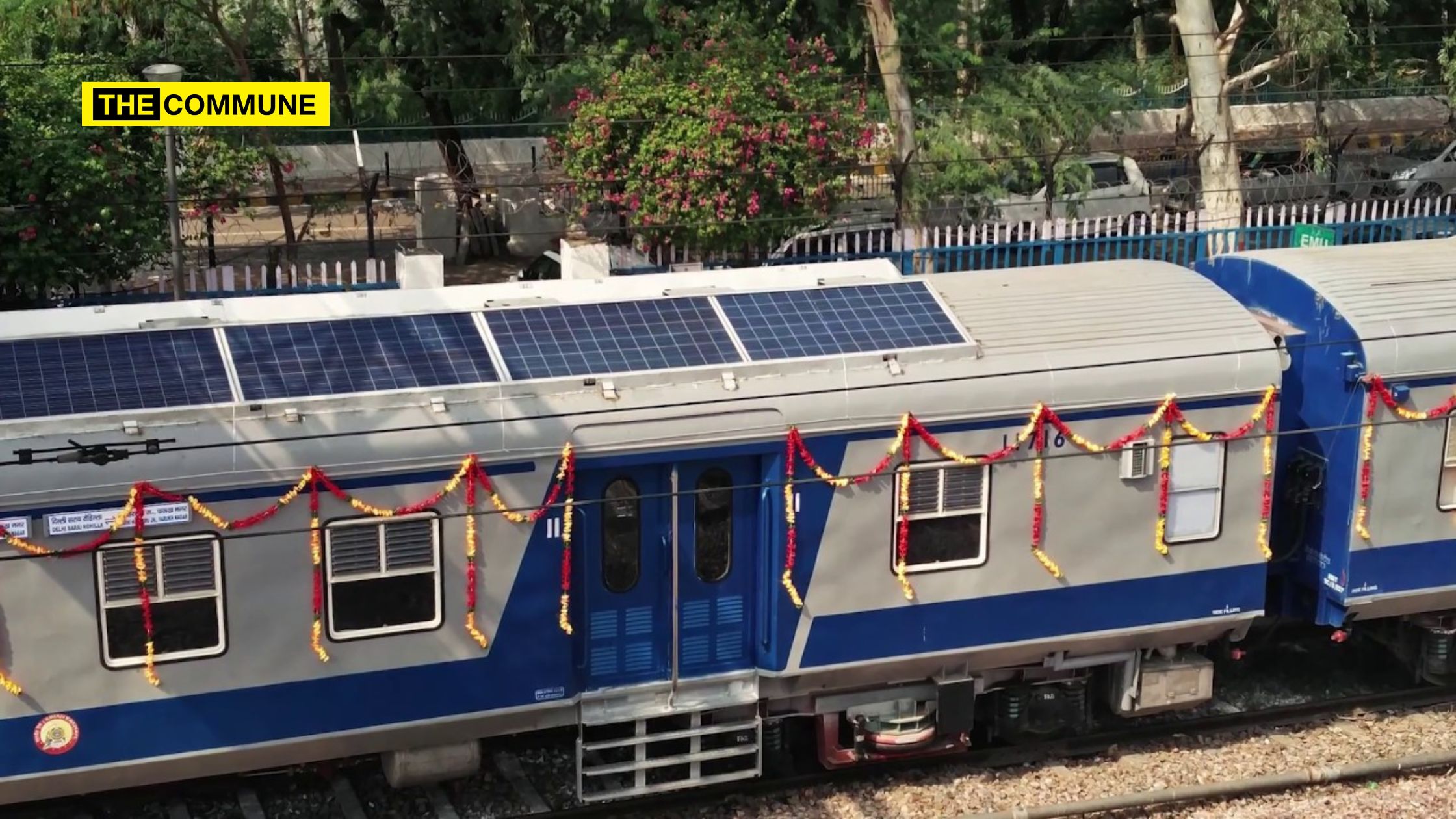
The Railways had posted on X that solar capacity increased 54x in the last 9 years.
Until March 2024, a total solar power capacity of 3.68 megawatts was put into operation. From 2014 to 2023, the commissioned solar power capacity reached 200.31 megawatts. These figures clearly illustrate the rapid expansion of solar power and its effective implementation.
Essential elements of the Net Zero Carbon Emission Mission by the Indian Railways include:
1. Electrification: A substantial portion of the initiative involves electrifying the railway network, replacing diesel locomotives with electric ones. This not only decreases carbon emissions but also reduces operating expenses and is more ecologically sound.
2. Renewable Energy: The Indian Railways aims to generate a significant proportion of its energy from renewable sources like solar and wind power. This encompasses installing solar panels at railway stations and utilizing wind energy to propel trains.
3. Energy Efficiency: Enhancing energy efficiency throughout the railway system is another crucial aspect. This involves adopting energy-efficient technologies, better resource management, and the adoption of environmentally friendly practices.
4. Green Stations: The mission also encompasses the creation of environmentally conscious ‘green stations,’ which incorporate features like rainwater harvesting, waste recycling, and sustainable landscaping.
5. Bio-Toilets: To diminish pollution from human waste, bio-toilets have been introduced in trains and stations.
6. Hydrogen Fuel Cell Trains: The mission explores the feasibility of employing hydrogen fuel cells to energize trains, which only emit water vapor as a byproduct.
7Afforestation: Extensive afforestation campaigns along the railway tracks are planned to counterbalance carbon emissions.
Click here to subscribe to The Commune on Telegram and get the best stories of the day delivered to you personally.




